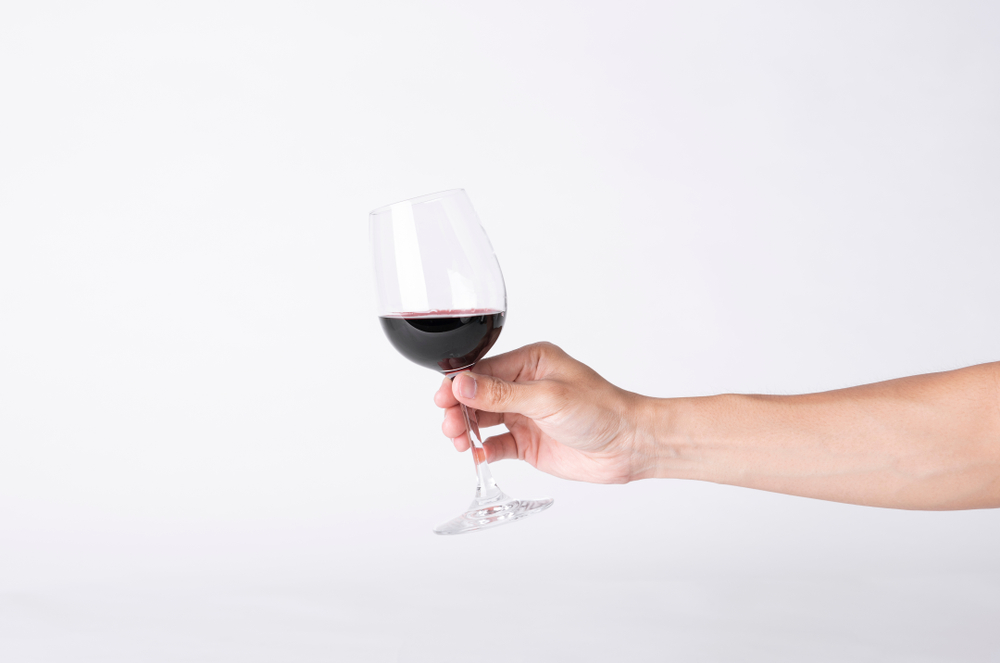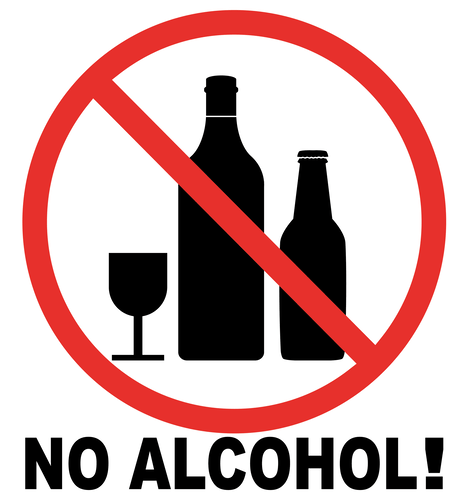Content
The study focused on alcohol dependence and also included questions about personality, family history of alcoholism, and other substance use. In developmentally cumulative alcoholism, drinking initially is limited and induced by cultural influences. Over the life course, however, the cumulative alcohol consumption is sufficient to produce alcohol Sober living houses dependence. Jellinek’s new typology still closely resembled the earlier Bowman-Jellinek synthesis. Almost 27% of intermediate familial alcohol dependents have sought help for their drinking problem. They tend to prefer self-help groups, detoxification programs, specialty treatment programs and individual private health care providers.
These types of drinkers are often out drinking because their social calendars are so full. They usually lose track of the time while they’re consuming alcohol. It’s not always easy to understand the different types of alcoholism. If you’re thinking about your own drinking patterns, you may wonder where you fall. This may be why the Department of Health in England has made different categories. Tremors – Alcoholics often grow accustomed to experiencing trembling in their hands on the mornings after they drink excessively.
What Causes Alcohol Abuse?
Dopamine levels may make the drinking experience more gratifying. Some people experience some of these signs and symptoms but are not dependent on alcohol. If you are an alcoholic and need help, there is no time to waste.
- The NESARC studies alcohol, drug, and mental disorders in the U.S. and is meant to be representative of the country as a whole.
- About 75% have never been married, 36.5% are still in school, and 54% work full time.
- Binge drinking is drinking so much at once that your blood alcohol concentration level is 0.08% or more.
- Intermediate familiar alcoholics are typically employed and have a close family member who’s an alcoholic too.
- If they do not, they are sentencing themselves to a lifetime of psychological and physical pain, and eventually death.
More than 50% of this group have traits of antisocial personality disorder. They also have high rates of depression, bipolar disorder, social phobia, and obsessive compulsive disorder. This group also has the highest rates of other substance abuse disorders, including addiction to cigarettes, Marijuana, Meth, Cocaine, and Opioids. The intermediate familial subtype accounts for 18.8% of alcoholics. This group tends to start drinking younger and also develops an alcohol dependence earlier . This subgroup is very likely to have had immediate family members with alcoholism.
Types Of Alcoholics Identified
People with this type often have a weaker family history of alcoholism. They suffer from less co-occurring disorders, and have less negative consequences to their drinking habits. Functional alcoholics make up 19.4% of alcohol-dependent individuals. This group tends to be older, with an average age of 41 years.
There are emoji for 7 different types of alcoholic beverages, including 🍺, 🍻, 🍷, 🍶, 🍾, 🍸, and even🍹. the liver metabolizes this alcohol. Everyone has a liver.
— Shuhan He (@ShuhanHeMD) December 6, 2021
Many people who fall into the young antisocial alcoholic subtype suffer from other mental health disorders as well, such as bipolar disorder, anxiety disorders, or depression. As many as three-fourths of this subset also smoke marijuana and/or cigarettes, and many also struggle with opioid or cocaine addictions as well. Polydrug abuse, and co-occurring disorders combined with alcohol abuse, increases the risk for addiction and can interfere with treatment measures.
Data on the share who don’t drink alcohol by gender and age group in the UK is available here. Data on the prevalence of binge-drinking by age and gender in the UK can be found here; and trends in heavy and binge-drinking in the USA here. Alcohol consumption – whilst a risk factor for a number of health outcomes – typically has the greatest negative impacts when consumed within heavy sessions. Data on the share who drink alcohol by gender and age group in the UK is available here. Again, the prevalence of drinking across North Africa and the Middle East is notably lower than elsewhere. Typically 5-10 percent of adults across these regions drunk within the preceding year, and in a number of countries this was below 5 percent.
What Is Type B?
There are many different types of alcohol, and these include beer, wine and spirits. “A drink” is largely dependent on the type of alcohol you’re consuming. For example, 12 ounces of beer is considered to be a drink, as is 1 ½ shot of spirits. Other tests can indicate whether there is damage to the liver, or — in males — reduced testosterone levels. Some signs and symptoms of alcohol abuse may be due to another condition. Check on inpatient alcohol rehab.
Go Brewing bringing non alcoholic beer to Naperville with new brewery, taproom – WLS-TV
Go Brewing bringing non alcoholic beer to Naperville with new brewery, taproom.
Posted: Wed, 01 Dec 2021 08:00:00 GMT [source]
This group also experiences the highest rate of alcohol-related emergency room visits, work and social problems, and withdrawal. The majority are men in their late 20s who started drinking around age 15. In the U.S., functional alcoholics comprise 19.5 percent of all alcoholics.
Symptoms
Thus, Dionysian subtypes of alcoholics are characterized by early onset, more severe symptomatology, greater psychological vulnerability, and more personality disturbance. They are not meant as a diagnostic to determine if someone is suffering from alcoholism. Rather, they are meant to further the study of alcoholism and guide future research and prevention efforts. The National Institute on Alcohol Abuse and Alcoholism conducted research with a focus of people who suffer from alcoholism. The research determined that there were various types of alcoholics and that they each had their own distinct characteristics, behavioral drinking patterns, and risk factors. They took an in-depth look at dependence of alcohol, and included questions related to the family history of alcoholism, along with other substances, as well as personal character. Alcoholism is called alcohol dependence in the medical field so when defining the subtype of alcoholic, it may be labeled as such.

They tend to drink every other day, often consuming five or more drinks on drinking days. Primary or “true” alcoholics are characterized by their immediate liking for alcohol’s effects, the rapid development of an uncontrollable need for alcohol, and their inability to abstain. In contrast, alcohol dependence in the remaining subtypes, which collectively are called secondary addicts, develops in the course of prolonged drinking. In questioning the value of “compulsory restraint in a retreat for long periods,” Wingfield (1919, p. 42) proposed specific treatments for different types of alcoholics. For pseudodipsomaniacs and true dipsomaniacs, he recommended administering small doses of apomorphine to provide temporary relief of craving and morphia to treat intense depression. Suggestion, especially under light hypnosis, was designed to “lessen the risk of relapse long after treatment is ended” (p. 68). According to Wingfield, suggestion reduces “haunting ideas of drink,” increases the patient’s will power, and sometimes brings to light repressed memories, “effecting a real cure thereby” (pp. 69–70).
Trauma: Be Proactive, Save A Life
Knowing the signs and symptoms of each stage can aid you in seeking help before your problem turns into dependence and addiction. Classification can also convince the alcoholic to accept help via a professional treatment program, when they see that AUD treatment is practiced like any other 5 types of alcoholics branch of medicine. In contrast to “Young Adult” sub-types,over 33%of young antisocial alcoholics actually seek help for their AUD. Collectively, they have a lower rate of comorbid disorders, fewer histories of alcoholism within their family, and are less likely to seek AUD treatment.

Several other characteristics also differentiate the two types of alcoholism. But they started drinking much earlier than young adult alcoholics — usually by the age of 15 or 16. Researchers found that 21.1 percent of alcoholics fall into this category. Their alcoholism usually manifests by the time they are 18 or 19, and more than half come from families with alcoholism. Type A alcoholism is characterized by environmentally-based forms of the disease.
The Health Impact Of Alcohol
There are different types of alcoholism, and people generally fall into one of the types. Even though there are different kinds of alcoholics, that doesn’t make one kind more preferable than another.
The chart shows direct death rates from alcohol use disorders across the world. In 2017, Belarus had the highest death rate with around 19 people per 100,000 individuals dying from alcoholism.

Studies like this one help expand the ways we can approach alcoholism to help those in need the most effectively. If no two people are alike, then no 15 million people can possibly be alike either.
What Is Alcohol?
They often seek help at self-help groups, rehabilitation programs, and detox programs. They have the highest rate of seeking treatment at an inpatient program and also seek out help from private physicians, psychiatrists, and social workers at high rates. If you feel that you sometimes drink too much alcohol, or your drinking is causing problems, or your family is concerned about your drinking, talk with your doctor. Other ways to get help include talking with a mental health professional or seeking help from a support group such as Alcoholics Anonymous or a similar type of self-help group.
Complications of this condition may include memory loss, confusion, mental health issues, and problems with work or home life. They cannot tell whether a person has been drinking heavily for a long time. Moderate alcohol consumption does not generally cause any psychological or physical harm. However, if who enjoy social drinking increase their consumption or regularly consume more than is recommended, AUD may eventually develop.
There are emoji for 7 different types of alcoholic beverages, including 🍺, 🍻, 🍷, 🍶, 🍾, 🍸, and even🍹. the liver metabolizes this alcohol. Everyone has a liver.
— Shuhan He (@ShuhanHeMD) December 6, 2021
Similarly, manic-depressive disorder is thought to produce periodic excessive drinking. For so-called hypothetical true dipsomaniacs, periodic drinking is symptomatic of an underlying organic disease. In steady endogenous symptomatic drinkers, alcoholism is secondary to a major psychiatric disorder.
There isn’t an absolute diagnosis when it comes to alcoholism but the stigma is what we see in the severe alcohol use disorders. While every alcoholic is different from their reasoning behind why they drink to how they attempt to cope with life, many of the problems related to alcoholism are consistent.
